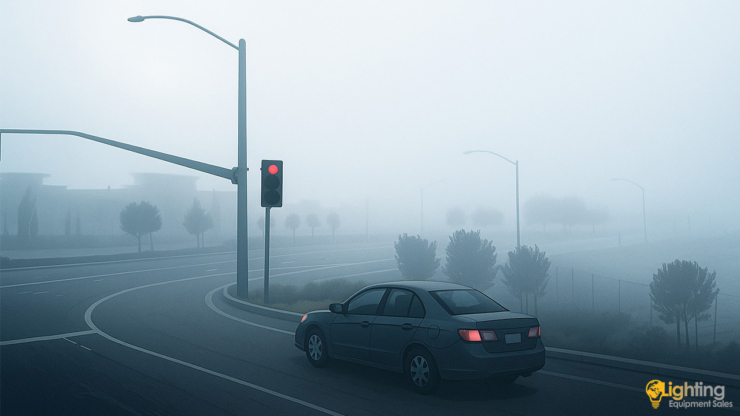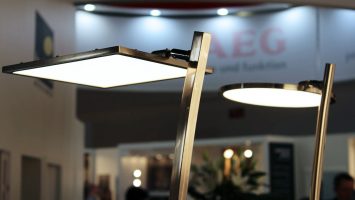
What Is a Fog Sensor?
Today, safe driving starts with minimizing the risks caused by adverse weather conditions. In foggy conditions, visibility drops significantly, often leading to dangerous situations. This is exactly where fog sensors come into play. So, what is a fog sensor, how does it work, and where is it used? In this article, we answer all of these questions.
A fog sensor is an intelligent device that measures visibility and detects fog density in the environment. It typically consists of a light emitter (usually infrared) and a receiver. There are two main approaches to fog detection: measuring light attenuation and measuring scattered light.
- Measuring Light Attenuation
To measure fog density using this method, a certain distance must be maintained between the light source and the receiver. The light is emitted from a fixed point toward the receiver, and the amount of light that reaches the receiver is measured with precision. If a large portion of the light is scattered by particles in the air, it indicates the presence of dense fog and low visibility. On the other hand, if most of the light reaches the receiver directly, it suggests that the air is clear and visibility is high.
- Measuring Scattered Light
In this method, a specific distance between the emitter and the receiver is not required. The emitter sends light into a defined area. If fog is present, the particles in the air scatter the light. The receiver detects the scattered light and analyzes it to determine the fog density. When visibility drops, the sensor can trigger alerts or automatically activate connected systems such as lighting, warning signs, or driver information displays.
Technical Requirements and Light Technology
Both methods require a powerful light source and a highly sensitive receiver to operate effectively. The light source must generate a focused beam with sufficient intensity. To increase this intensity, specially designed optical systems may be needed. Laser and LED-based light sources are commonly used in such fog detection applications.
Properly designed systems can be sensitive enough to detect even very light fog. In order to ensure reliable operation not only at night but also during the day under sunlight, infrared (IR) light is preferred instead of visible light. This helps minimize interference from natural light and enables more accurate fog detection.
Applications of Fog Sensors
Fog sensors are widely used in various fields, including:
- Intelligent Transportation Systems (ITS)
- Highway and road monitoring systems
- Airport runway safety
- Traffic management centers
- Smart city infrastructure projects
- Industrial automation systems







COMMENTS
MAKE A COMMENT